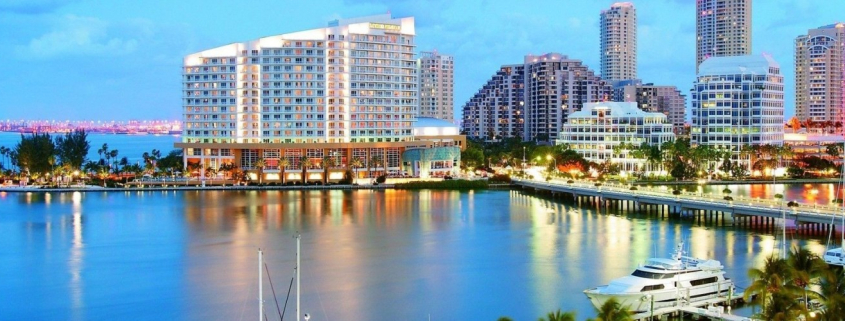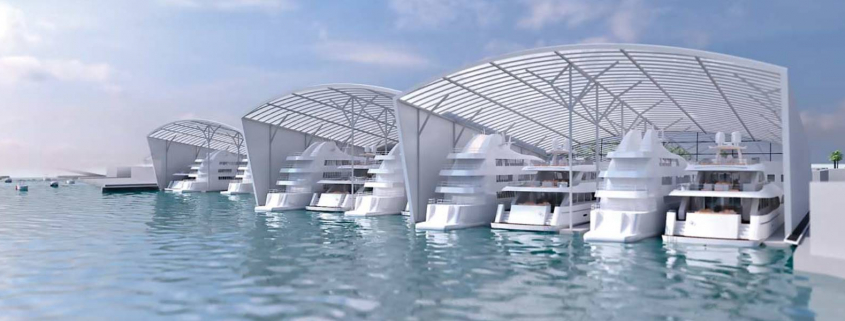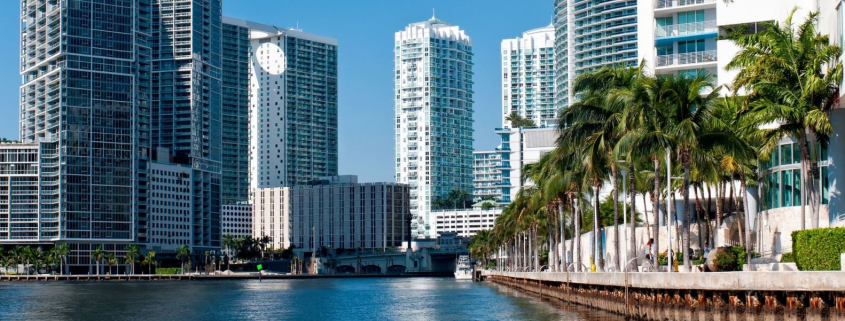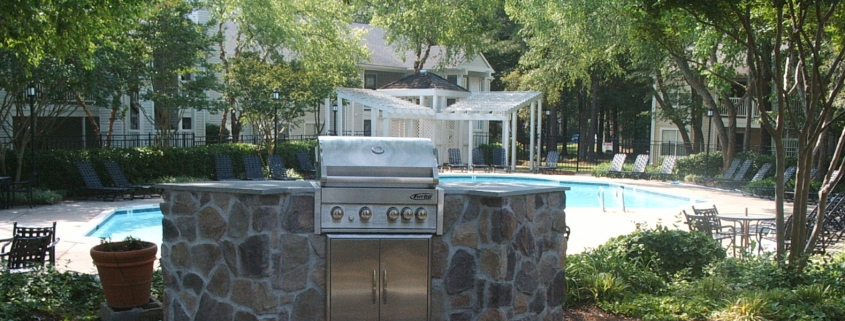The multifamily industry spends considerable time and money targeting Gen Y renters through property management, apartment development, and marketing.
And when 72% of people under 30 years old live in rental housing, its easy to understand why.
But do multifamily professionals really know what Generation Y wants when it comes to their apartment home? And do the 20-somethings employed within the industry think we actually understand them?
Here’s an idea: let’s ask them.
At the 2013 Crittenden Multifamily conference in Dallas last March, Property Management Insider contributor, and resident Millennial, Jay Parsons moderated a panel discussion with Generation Y multifamily professionals to debunk some myths about this particular generation of renters.
When the topic of discussion turned to apartment amenities, Parsons asked the panelist their verdicts on development trends and amenities that are typically targeted at them and whether they are truly essential or overrated.
Green Features are a Given with Gen Y
This one needs some clarification: green features as amenities are overrated, but that’s because Millennials expect your property to have them. Meaning, Green is not a feature, but part of the base package. So rather than trying to sell Millennials on green features, explain HOW your property is green and the cost savings.
But don’t oversell the cost savings because this could be someone’s first apartment and they won’t have a baseline for cost comparisons. Rather than trying to sell renters and what THEY can save, brag about how much YOU saved with green. Market your community and philosophy, not the unit. And for the record, each panelist said they would NOT pay more rent because an apartment is green.
Verdict: Overrated as an amenity, essential for an apartment community.
Dog Parks are the Preference
Dogs, and pets in general, are the new children for Millennials. They’re not avoiding marriage and children but they may be delaying them so when they are getting their first apartment or moving to a new city, they need to bring their best friend along with them.
But don’t despair if your apartment community doesn’t have a dog park. Play up your proximity to any area dog parks or other animal friendly venues. This is especially important when dealing with urban environments. One of the panelists implored the audience to get creative: put one on the roof, use garage space, etc.
Verdict: Essential
Your Video Game Room Won’t Turn Any Heads—or Thumbs
The panel practically dismissed this “amenity” with a disinterested wave of the hand. Video game play is about gathering with friends in their space, not a common area. Panelist said the same goes for movie rooms. Besides, as one panelist pointed out, sometimes it is better to trash talk a 13-year old online in private while playing Gears of War and not in public
Verdict: Overrated
Tanning Beds Get a Cold Reception
Besides the extra effort to clean and maintain tanning beds, not mention adhering to health codes, the controls are typically located in the leasing center and can only be controlled by staff. That means tanning beds are only available during regular leasing office hours and not when it’s convenient for the resident. One panelist offered up an alternative to tanning beds: spray tanning.
Verdict: Overrated
Fitness Centers Shouldn’t Feel Confined
If you’re going to sell your fitness center to Generation Y, bring your A game. Don’t place a few elliptical machines and treadmills in a room the size of a small dining room and expect Millennials to be impressed. Also, you must have modern equipment. You need personal TV screens and the ability to plug in iPods and other media devices.
Panelists were keen on flexible spaces. Because many Millennials are willing to live in smaller units to save money, they don’t have room for activities such as Yoga or Tae Bow. By having flex spaces at your community, you allow residents more choice in the activities they can do. One panelist went so far as to suggest that property managers contract with a local gym provider and allow them to run a fitness center.
Verdict: Essential, but with conditions
Premium Parking Can Pay Off with Millennials
While Millennials may not be willing to pay extra for green amenities, they might pay for convenient parking. One panelist said she would be willing to pay $75 to $100 more per month just to be closer to the elevator. Two other panelists pointed out that while there is a trend towards walkability, even in urban areas, and using alternative means of transportation such as light rail, bus, and even ZipCar, parking is essential.
Verdict: Essential
It’s not that these amenities are unimportant. Keep in mind that this is only the opinion from a small group of Millennials who also happen to be professionals in the apartment industry. Take these opinions with a grain of salt, test them at your own properties, and adjust your marketing messages according to the results of your research.
What are you experiencing at your properties? From the Millennial perspective, what amenities are essential and what are over rated?
Source: Property Management Insider











